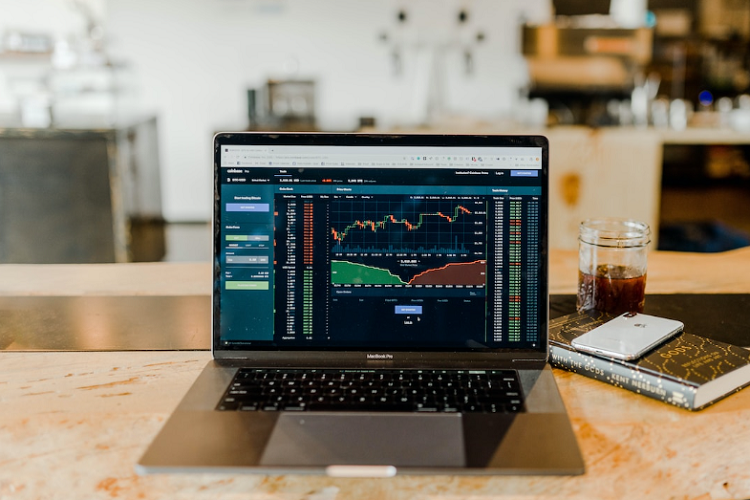Financial market trading is a complicated field rife with complex strategies, intricate analysis, and various methods for assessing and predicting shifts in the market. Key to a trader’s skill set is their ability to interpret and understand different types of charts. While not as commonly used as line, bar, or candlestick charts, Kagi charts provide a unique perspective on market trends and volatility. The benefits of understanding and effectively using a Kagi chart cannot be overstated. Keep reading to gain an in-depth understanding of Kagi charts and how to incorporate them into your trading strategy.
Understanding the Basics of Kagi Charts
Originating from Japan, Kagi charts are characterized by their focus on price action and disregard for time, a feature that sets them apart from many other chart types. These charts appear as a series of vertical lines representing price movements, with thicker or thinner lines indicating bullish or bearish markets. Transitions between these states, signified by a change in line weight, occur when prices exceed a predetermined amount known as the ‘reversal amount.’ By focusing on price action over time, Kagi charts can provide clearer signals of market trends and are especially useful in volatile markets.
Integrating Kagi Charts Into Your Trading Strategy
When traders first encounter Kagi charts, they are often intimidated by their unique appearance and unfamiliar structure. However, once familiar with their functions, traders can find them highly valuable tools in their trading strategy.
The foremost advantage of this charts lies in their ability to filter out the ‘noise’ that can obscure market trends. Because they focus exclusively on price movement and disregard time frames, they offer a cleaner view of market trends, providing less distraction and clearer signals of trends and reversals. This makes them particularly useful for traders who rely heavily on technical analysis.
Using Kagi Charts for Swing Trading
Swing Trading is renowned for its strategy to capture gains in a stock within a few days to several weeks. It works on the statistical tendencies of an equity’s price to swing related to a baseline value. The baseline is often determined by data plotted in a chart configuration where the traders use candlesticks to interpret trade patterns.
Applying the unique aspects of charts to this trading modality can produce compelling results. Kagi charts, with their ability to highlight volatility and price reversals, can provide key insights into a stock’s price swings. This aids swing traders in identifying potential entry and exit points better than conventional time-bound chart systems.
Combining Kagi Charts With Other Techniques

While powerful in their own right, Kagi charts can be even more effective when combined with other trading techniques. For instance, they pair well with momentum-based strategies, where the push and pull of market forces are key. The clarity and simplicity of charts make them an excellent tool for highlighting when the momentum is building in a market trend.
Alongside momentum indicators, Kagi charts can also be paired with volume analysis. In cases where an increase in trading volume accompanies a price trend, this charts can provide clear visual confirmation of this development, strengthening the trader’s confidence in their strategy.
Understanding and utilizing this charts can effectively filter the ‘noise’ of volatile markets, identify trends more clearly, and complement other trading techniques. By integrating these charts into your trading strategy, you stand to gain an edge in the complex world of financial market trading.




